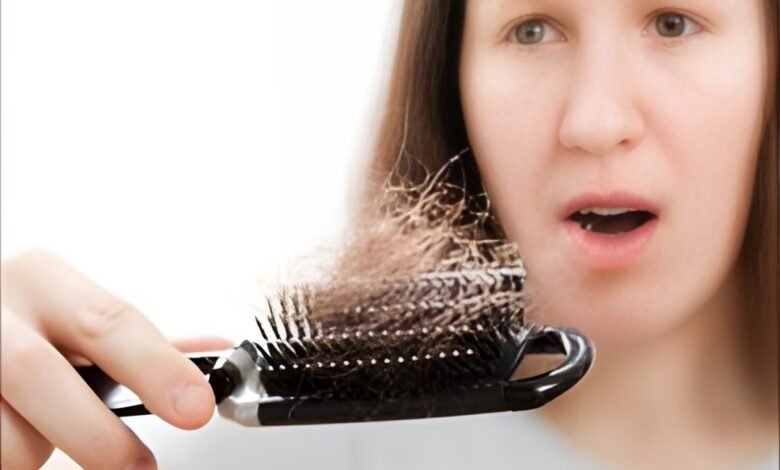A Promising Path for Hair Growth Treatment

Hair plays a significant role in shaping both societal perceptions and individual self-image. Consequently, hair loss or alopecia often leads to substantial emotional distress and anxiety, resulting in a diminished quality of life for those affected.
While drug therapy is a common initial treatment choice for most alopecia patients, existing medications may yield varying efficacy and often entail adverse effects. In response to this challenge, recent research conducted at Yokohama National University in Japan has explored the potential of oxytocin in promoting hair growth within human hair follicles. ()
Unlocking Hair Growth Potential: Cinnamic Acid’s Role in Enhancing Oxytocin Absorption
However, due to oxytocin’s large molecular size and rapid degradation on the skin, its direct application poses limitations. Consequently, researchers turned their focus to cinnamic acid, a smaller molecule capable of activating oxytocin receptor expression.
Their findings revealed that cinnamic acid treatment increased the expression of oxytocin receptors, facilitating enhanced oxytocin absorption and upregulating hair growth gene expression in human dermal papilla cells—an integral component of hair follicles. Professor Junji Fukuda, the corresponding author of the study and a faculty member at Yokohama National University, expressed optimism about these findings, suggesting their potential application in developing hair growth-promoting products targeting oxytocin.
Although oxytocin itself was not a good candidate for topical application as a hair treatment, its effect was too useful to discard. The Japanese researchers therefore looked at cinnamic acid, which also works in the oxytocin signaling pathway and might act to increase the oxytocin and thereby increase hair growth.
To test this theory, they grew dermal papilla cell cultures in varying concentrations of cinnamic acid. “At concentrations below 500 μg/mL, we observed a dose-dependent increase in the expression of oxytocin receptor expression and the genes associated with hair growth,” said Tatsuto Kageyama the paper’s first author and an assistant professor in the Faculty of Engineering, Yokohama National University, Yokohama, Kanagawa Prefecture, Japan.
The best method to test the efficacy of a new hair growth promoting treatment would be to use hair follicles harvested from patients and grown in culture with the new treatment. This is the closest to testing on humans you could get without testing on humans. However, collecting enough samples and, with the variability between individuals, getting dependable results in numbers large enough to have significance is very difficult.
In response to this issue the Yokohama lab developed hair follicloids, which are hair follicles built from cells taken from multiple hair follicles that can then be grown in culture. Allowing a known range of different cells to be exposed to the treatment gives much larger and more dependable data. The follicloids do not grow mature hair, instead, they grow hair shaft-like structures.
Advertisement
When the follicloids were grown in culture with the cinnamic acid a 1.25-fold increase in the length of the shaft-like structures was observed. This is just slightly below the 1.3-fold increase found in their previous study on oxytocin, showing that cinnamic acid has close to the same hair growth effect as the oxytocin.
Future research will concentrate on doing in vivo studies with mice that exhibit hair loss to determine the efficacy of transdermal application, as well as dosage, and to elucidate any side effects.
Advertisement
“In addition, the new understanding of the mechanism of hair growth-promoting effects mediated by oxytocin signaling will provide new insights by hair care science and help accelerate the search for new drugs targeting oxytocin receptor expression in the field of drug discovery,” Kageyama said.
Reference:
- Cinnamic acid promotes elongation of hair peg-like sprouting in hair follicle organoids via oxytocin receptor activation – (https://www.nature.com/articles/s41598-024-55377-y)
Source-Eurekalert
Source link
#Promising #Path #Hair #Growth #Treatment



